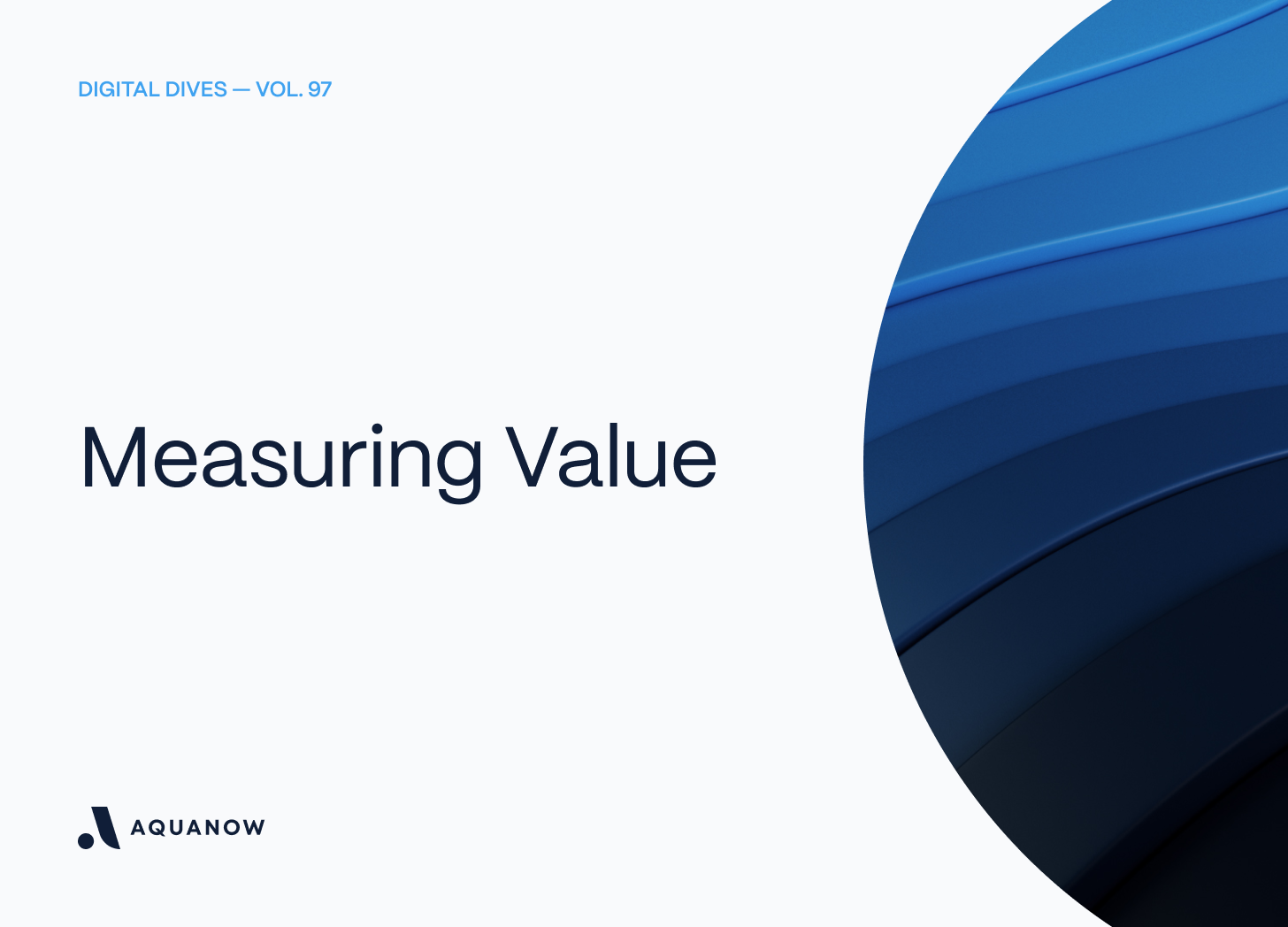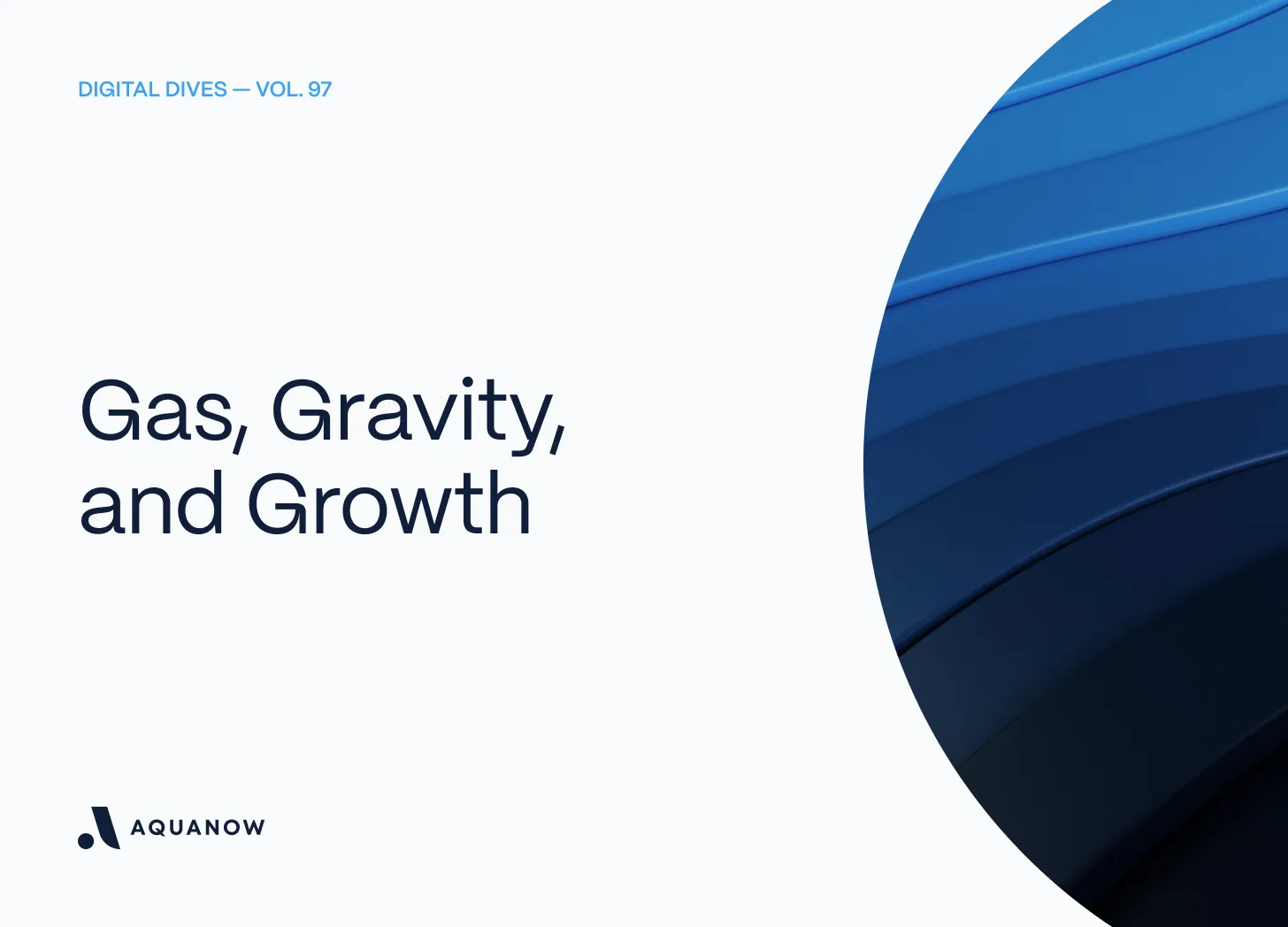I’m writing this note from Colorado at ETH Denver, a conference focused on the Ethereum mosaic. Over the past four years, the event has fostered collaboration across over 40K participants from more than 100 countries. It’s my first crypto symposium, so I wasn’t sure what to expect. I’ve only been here a short while, but so far the energy is without parallel, and despite being branded as something Ethereum-centric, diversity of perspective is widely encouraged. The spaces are teeming with multi-chain vibes and many alternative Layer 1s arehosting informative sessions too.
A Buffi-what?
ETHDenver’s mascot is the Bufficorn. They’re a species of digital nomads whose genes show a rare and majestic combination that venture capitalists dream about, plus DNA from the community-driven buffalo that run as a group:

Conference attendees are encouraged to mint a Bufficorn NFT to display as a profile picture (PFP) in solidarity with the event’s guiding principles. Some of the funds raised will go to support SporkDAO, a community that is engaged to decentralize the operation and growth of the conference and its related functions. Contributing to the furtherance of ETHDenver was easy to get behind, especially if I got a cool PFP out of the deal. With a randomly generated project like this, you don’t know what you’re going to get. Here’s mine:

There’s no denying it – #4453 is hideous, but the dude does have a certain swagger. If you consider that he represents uniqueness within a community that’s committed to collaborative construction, then a certain beauty emerges.
The importance of NFTs is evolving
The increasing overlap between traditional finance and digital assets is a focus of mine, so when I read a recent JP Morgan alternative investments report that stated (emphasis my own) - “NFTs will likely grow exponentially over time as more assets get digitalized and thus NFTs will likely dominate the size of the digital asset universe in the future” - it stood out as a notable departure from the prevailing narrative that “these JPEGs are a scam.” The company has since doubled down on their point of view with this publication and by opening a branch in the metaverse. It’s not uncommon to hear the acquiescence of one-time fence-sitters who can now get their heads around Bitcoin as some form of digital gold. However, most of my discussions about NFTs involve parties that are confused when it comes to their value proposition. Let’s dig into the arguments for and against.

I think it’s helpful to frame this discussion in the context of another the me that has become an increasingly important part of our social dialogue. Be it in markets or on the streets, there’s a collective movement towards changing the status quo and being mindful of issues relating to environmental, social and/or governance (ESG) causes. Similar to the JPM reports above, I first started noticing this movement show up in market research. I remember speaking with investors at a conference in 2018 about the emerging trend – to mixed reactions. A handful of institutions had already been incorporating this lens. Some were looking for ways to adapt their processes, while others were uninterested and instead took the view that this was mostly just hype.
One portfolio manager said that, if anything, indiscriminate selling could permit them to pick up unloved assets on the cheap. A year later I asked that same question and noticed considerably more urgency among the crowd who now unanimously remarked that their capital providers were asking for ESG disclosure. You can see this phenomenon in mentions on S&P 500 constituent quarterly earnings reports too:

I hope that part of what’s driving greater interest in environmental and social causes is a genuine realization that the world needs to change, but there are other motivations here. For one, we’re at the precipice of a $70T intergenerational wealth transfer and the younger cohorts set to inherit this capital want change. As companies look to brand themselves in accordance with this heightened sensitivity towards stakeholder values, they have funded significant “green” initiatives and unveiled more inclusive social programs. Investment advisors and portfolio managers are also being pushed towards allocating for sustainability too, which reconciles against my previous experience and what we observe in corporate disclosures. The values of younger generations are becoming driving forces in capital flows.
To illustrate how this applies to NFTs, I’ll make use of another piece of corporate reporting. The excerpt below comes courtesy of Bloomberg and relates to a conference call where the sell-side analyst community was afforded access to management at Take-Two Interactive Software (TTWO) following their $11B acquisition of Zynga Inc. (ZNGA):

Interestingly, there was no mention of NFTs in the standard presentation that accompanied the press release, but the brokerage community was all over it. JP Morgan and Wells Fargo’s Brian Fitzgerald seem to expect considerable growth in this space.
What might the business case of these tokens be? Maggie Hsu is a partner at Andreessen Horowitz who specializes in go-to-market analysis within the crypto space. In a recent note, she outlines some important differences between how software and ideas are being introduced in web3 vs web2. When launching in the latter, it’s generally imperative to have a working product which is pushed out through a sales force and then iterated to suit different customer needs. The web3 strategy depends on the extent of centralization and tokenomics methodology, but generally:
- Web3 companies approach go-to-market through the dual lenses of purpose and community which are enabled through decentralization and token issuance.
- Having a robust product is still important, but it doesn’t have to come first.
- The community’s values and principles guide the development of a solution that already has product-market fit because the latter designed it.
Maggie highlights Loot as an example for the potential growth this stakeholder approach can unlock. When interested parties first minted this project, they received an NFT that looked like this:

That’s right, it was a list of words on a plain background. Even hardcore NFT proponents were confused/put off by this one, but again, the idea was to have a community build a world on top of the nouns. From their website: “Loot is unique—the first project of its kind. With no company, art, team, or attributes, Loot makes it impossible to gate-keep any creative decisions. ”The project was simple, but it has sparked a movement. You can check out the burgeoning ecosystem here. What started out as a JPEG of words has developed into something much greater. This is the power of NFTs.
Another example is what’s been done with the Bored Ape Yacht Club (BAYC) which now boasts a multi-billion-dollar market cap without including the satellite projects. The network built around the images including a brewery, a music group, a coloring book, and even a tell-all novel from Ape #1798 (or Jenkins the Valet):

When Tally Labs purchased Jenkins, they also acquired the commercial rights associated with the image, which is something relatively unique to the BAYC. In a Discord chat, Tally invited the opinions of The Writer’s Group to add richness to Jenkins’ story and vote on what should be included. This helped foster a community of super fans, which are highly sought after by consumer businesses today. It's like Magritte’s “Ceci n’est une pipe.” The image above isn’t a chimpanzee in a suit – it’s the trademark for a publishing company and an all-access pass to one of today’s hottest private clubs.
“You will never know your limits unless you push yourself to them.”
I should remind readers that it’s not only images that can be tokenized through a smart contract. Other use cases include tickets, music & even trust funds. There is tremendous potential and nuance in unlocking the network effects from this new go-to market strategy. NFTs can create a sense of belonging, which is a powerful bond. Another important feature of these tokens is that, relative to cryptocurrencies, they’re decoupled from macroeconomics, etc. For most people, finance is boring. On the other hand, many like to play games, listen to music, and collect things. These non-financial paths into crypto might help solidify web3’s consumer use cases over speculative fervor.
You can see why corporations want to get in on the NFT action. But wait… If they’ve got so much potential, then why did TTWO’s CEO only mention the web3 benefits of their acquisition on the call? Shouldn’t this be a leading part of the strategy? As Mr. Gibeau did say in passing – we’re still really early in understanding the potential here. However, that hasn’t stopped innovative leaders in the past. Especially these days when SPACs have re-emerged as a mechanism to fund companies with public capital using forecasts and commentary that would otherwise not be permitted in a traditional IPO.
To get an idea of why managers are hesitant to go all-in, you need look no further than the top of this note. The loudest opponents of NFTs use ESG-themed arguments to cast shade on the technology, and public issuers are particularly sensitive to maintaining a positive image in this regard. You can’t blame them either; customers and capital providers are pushing this agenda. In a post-acquisition interview, the target addressed this head-on: “For its part, Zynga has claimed that it will develop eco-friendly NFT games.” This is clearly something they’re sensitive to.
Are there merits to these accusations? Social media personality and essayist, Dan Olson, put together a two-hour documentary on “The Problem with NFTs” and it’s already received almost 6M views. Over the coming week, try to watch the film and if you’ve got some free time on top of that, then check out this rebuttal from The Defiant’s Robin Schmidt. In the next Digital Dives, we’ll dip into the dark waters of crypto’s environmental footprint more broadly and other considerations. As we’ve seen there are heavyweight themes colliding here, so we’ll try to weigh the costs and benefits and hope to arrive at some consensus.






